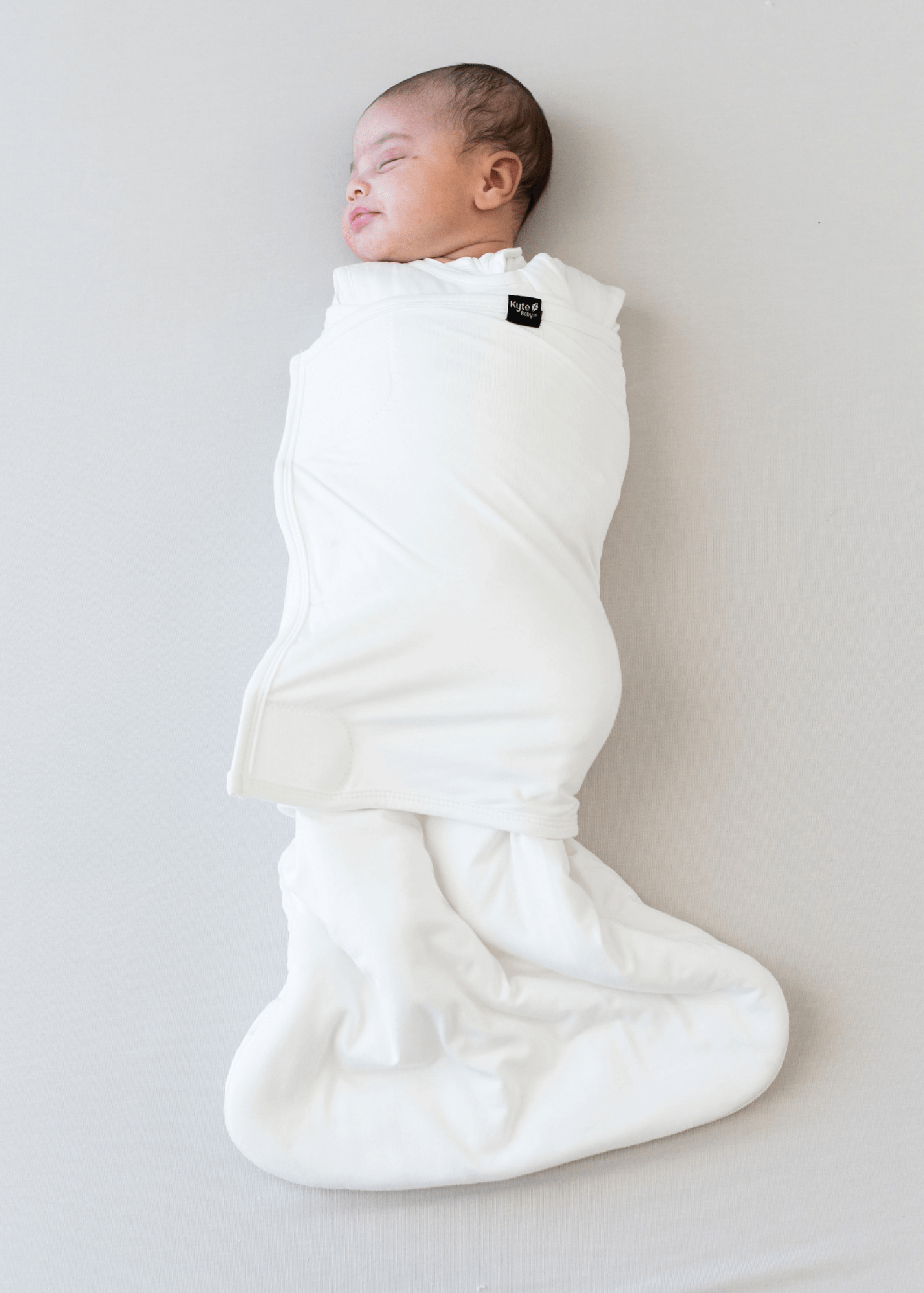If you’re an expecting mom, chances are that you've already prepped the nursery, packed your hospital bags, read tons of books on pregnancy and child rearing, and are diligent about attending all of your prenatal appointments. But, there's one other thing to consider both before and after the birth of your baby: the state of your pelvic floor.
Does Birth Affect the Pelvic Floor?
While birth is a natural process, pregnancy and delivery can cause damage to your pelvis, pelvic muscles, and organs. Healing your pelvic floor after birth is so important (as is prepping it before and during your pregnancy to minimize damage), but so is strengthening all of the muscles so that they can return to optimal function.
Symptoms of Pelvic Floor Dysfunction
Common symptoms of pelvic floor dysfunction are: incontinence (urinary and bowel), organ prolapse, painful sex, constipation, diastasis recti, and bladder pain. Many women will see a physical therapist and have complaints of neck and back pain, sciatica, pelvic pain, tailbone pain---a lot of which can be the result of postural changes that come with nursing, carrying your baby, and wearing your baby. You may also just feel weaker, have problems connecting with your pelvic floor, or find it challenging to exercise without causing further pain/injury to your pelvic floor.
Fun fact: In Europe, it is customary for a woman to be referred to physical therapy if she reports any pelvic floor dysfunction at her 6 week postpartum visit before they return to work, sex or exercise. We are behind the times here!
Do You Need Pelvic Floor Therapy?
At your 6-week postpartum appointment, your physician will typically assess your uterus and cervix for healing but will often neglect the pelvic floor muscles. A midwife will usually assess the strength of your pelvic floor muscles and is more likely to refer you to pelvic floor physical therapy.
Being aware of the importance pelvic floor health will help you advocate for yourself. Just because something is “common” doesn’t mean that it’s normal, and pelvic floor dysfunction should always be treated. Urinary incontinence (peeing when we sneeze/cough/laugh) is something of a running joke, but because it often goes undiagnosed and untreated, many women suffer in silence and simply wait for the symptoms to improve or go away. Unfortunately, this may never self-resolve, so being proactive about your pelvic floor health is the way to go!
Personal Experience with Pelvic Floor Physical Therapy
I’ll share a little about my personal story and why I decided to see a physical therapist. I’ve had 3 children and did not decide to see a pelvic floor physical therapist until after having my last child, though I should have both before and after every single one of them!
My first child was not in a good position during his labor/birth likely because my pelvis was not in a good position. This led to a very long labor for me, plus 4 hours of pushing (and tearing + stitches). I did not have any incontinence issues or pain after healing, so I continued on with life.
During my second pregnancy I saw a chiropractor to hopefully avoid another long birth and pushing stage. I also did perineal massage for the last 4 weeks to break up scar tissue to hopefully avoid tearing again. Everything mostly worked, but my labor was still longer than I expected. I did not tear, so I was very thankful for that! However, I did experience a little bit of urinary incontinence when exercising (and probably other tasks that just went unnoticed/shrugged off). Yet, I still didn’t seek out physical therapy.
Cue the birth of my third child, who was much larger (unsuspected) than my previous two kids. He had shoulder dystocia which resulted in a broken humerus for him and suspected nerve damage for me from the acts of getting him out safely.
At my 6 week postpartum check with the midwife that delivered him, she did an exam and suggested pelvic floor physical therapy. I knew I wanted to see one since it was my last child, and I wanted to return everything to optimal function! Thankfully, I do not have any nerve damage, but the position of my pelvis was causing me a lot of pain when I sat for extended amounts of time. I also have weakness in my pelvic floor muscles, as well as difficulty making that connection with my pelvic floor to make things “work.” There’s definitely some mind + body work that needs to happen!
My first appointment consisted of a posture check, pelvic alignment check, and internal pelvic exam. I was also assessed for diastasis recti, and taught how to truly connect to my core, as that is an important part of your pelvic floor. Even though I had seen a chiropractor for both pregnancy #2 and #3, I had never had a more thorough pelvic alignment check! Not to mention that I was pain-free that very day after getting everything back in the right place. Don’t be alarmed by the internal exam; if you have a good therapist, it will be the most gentle thing you’ve ever experienced.
Who Should See a Pelvic Floor Physical Therapist?
Everyone! Pregnancy and birth can be traumatic events, so it doesn’t hurt to have a checkup and make sure that everything is working as it should. Undiagnosed or untreated issues rarely go away on their own and can actually worsen with age. So much of the pelvic floor is connected to other parts of our bodies by fascia that pain can start to manifest outside of the pelvic floor. Once the pelvic floor issues are resolved, the other pain will resolve as well.
Most people will only need a few sessions of physical therapy and then will receive a home exercise program to continue addressing the root cause of their symptoms.
What Will Your First Appointment Look Like?
Most pelvic floor physical therapists will begin with an extensive intake to learn about your prior activities, current issues, lifestyle, and goals. They will also educate you on pelvic floor anatomy, behavioral modification to decrease symptoms, core strengthening, and breathing mechanics. An internal exam is not always necessary, if you’re uncomfortable with that. They can use a variety of treatment techniques like myofascial release, trigger points, biofeedback, improving muscle tone, and improving your pelvic alignment.
How Do You Find a Pelvic Floor Therapist?
Check the women’s health section of the physical therapy association for your state. Pelvicrehab is also a great place to search for a local physical therapist. You can also ask family, friends, or even Facebook groups for recommended pelvic floor therapists! Many women have benefitted from pelvic floor therapy and are happy to help others through the process.
This post was written by Abby Walraven.



























1 comment
Hope
Thank you for posting this! I Was experiencing painful intercourses and my first baby only made it worse. My doctor said it was probably hormones from being pregnant. It took me TWO years to find a doctor that actually said oh I think you need pelvic physical therapy. I feel so relieved that I can do something about this problem but I wish I could have solved this two years ago! My husband and I have only had sex maybe 4-5 times because each time we try it’s too painful for me. Thank you for posting this!
Thank you for posting this! I Was experiencing painful intercourses and my first baby only made it worse. My doctor said it was probably hormones from being pregnant. It took me TWO years to find a doctor that actually said oh I think you need pelvic physical therapy. I feel so relieved that I can do something about this problem but I wish I could have solved this two years ago! My husband and I have only had sex maybe 4-5 times because each time we try it’s too painful for me. Thank you for posting this!